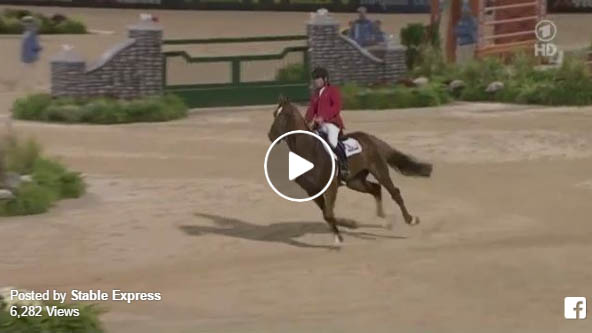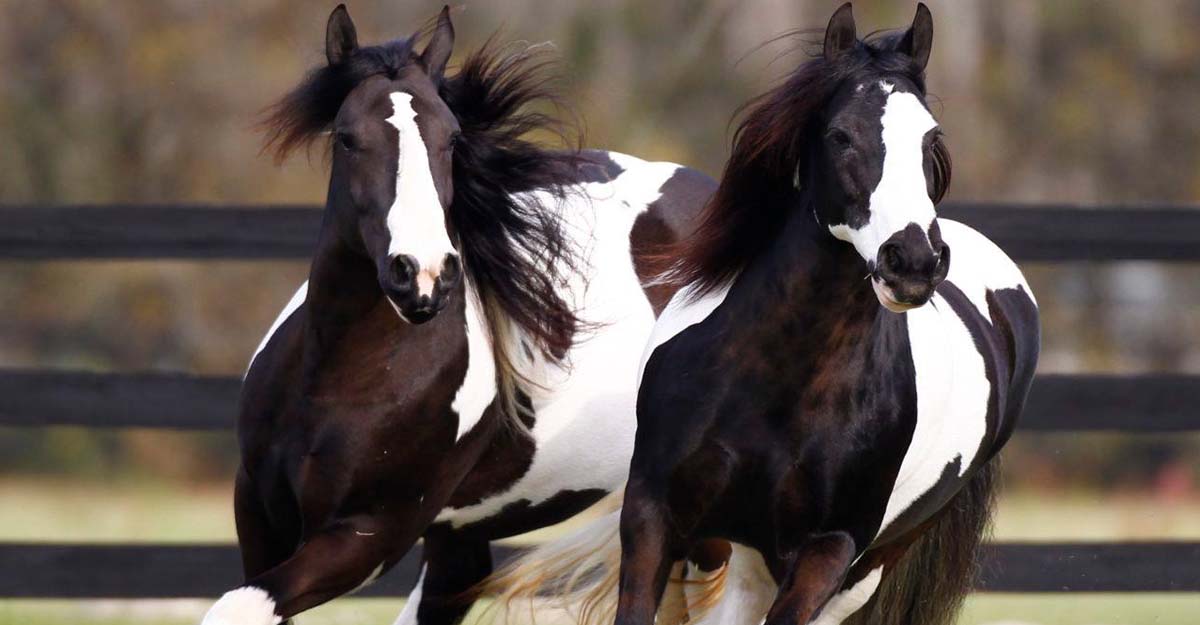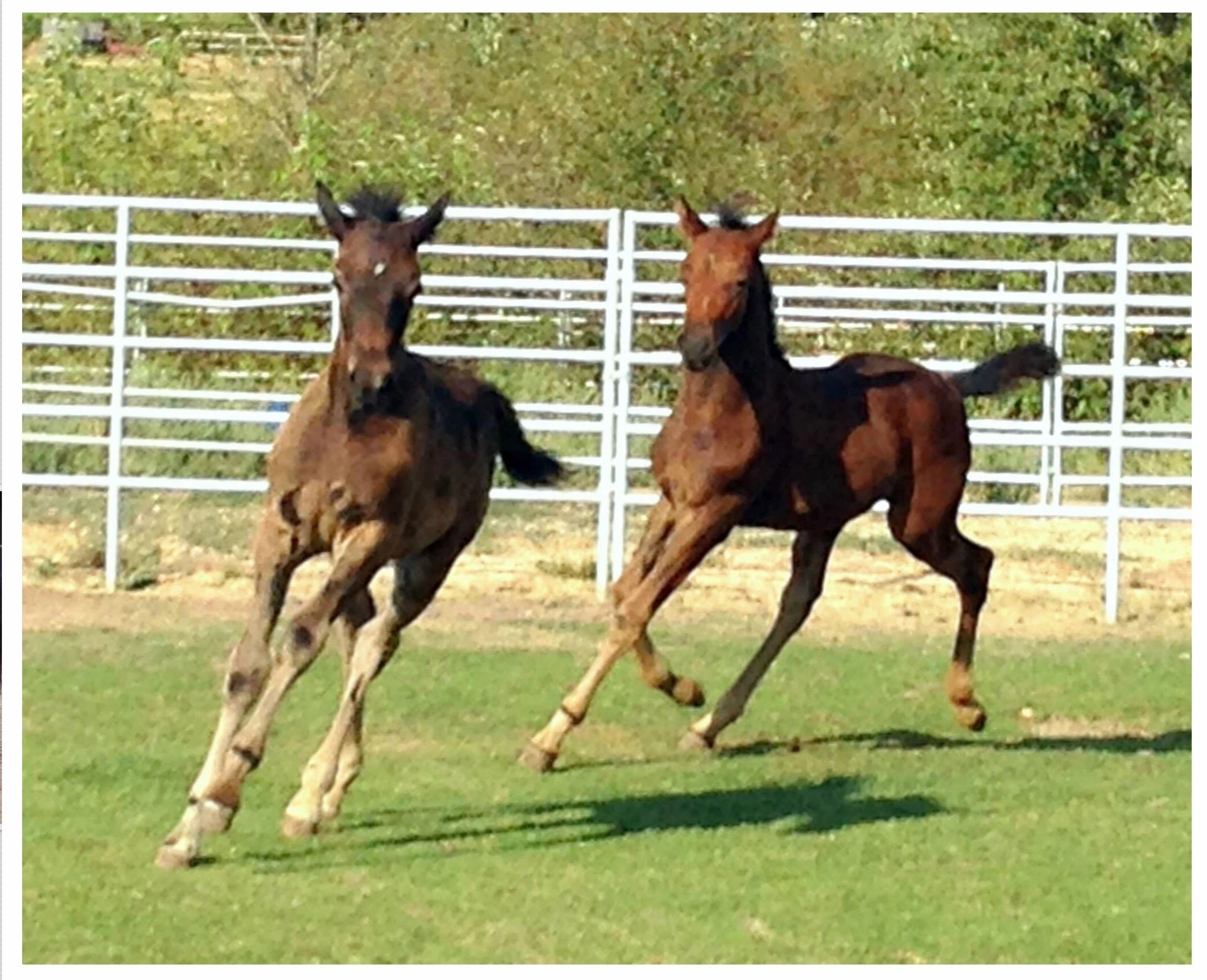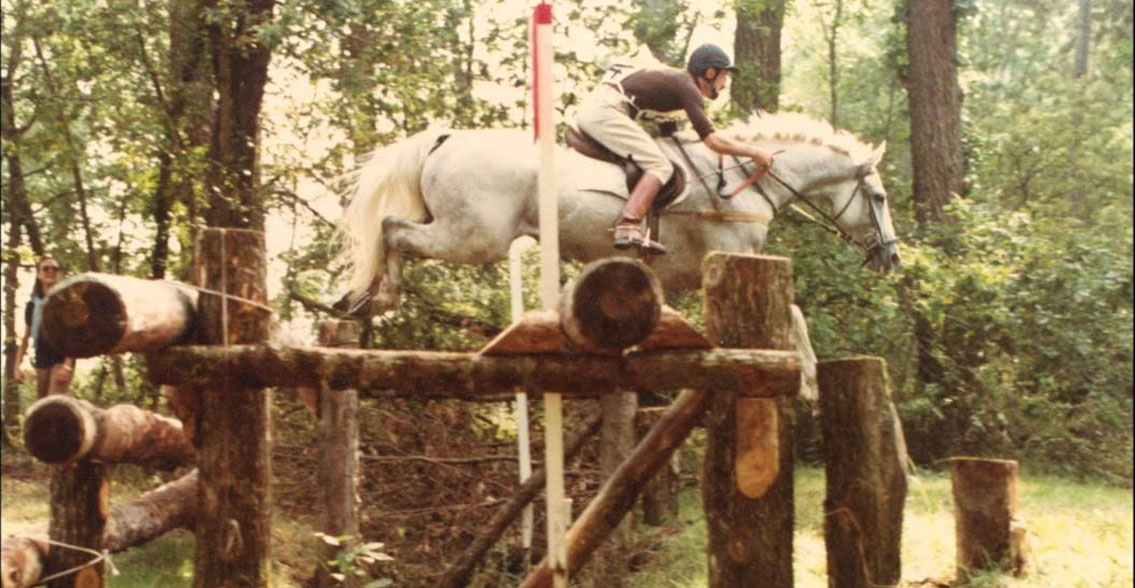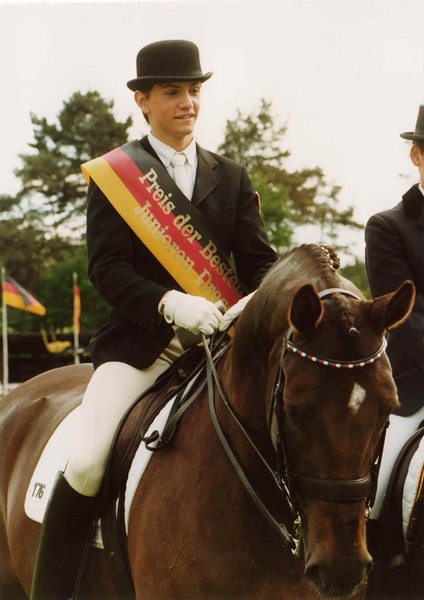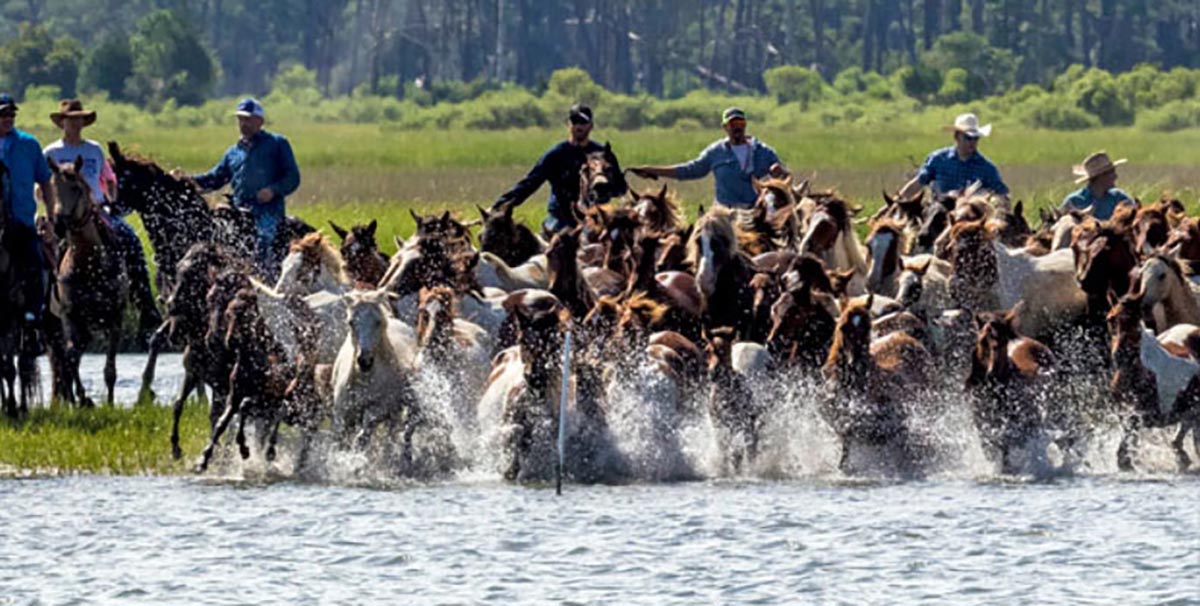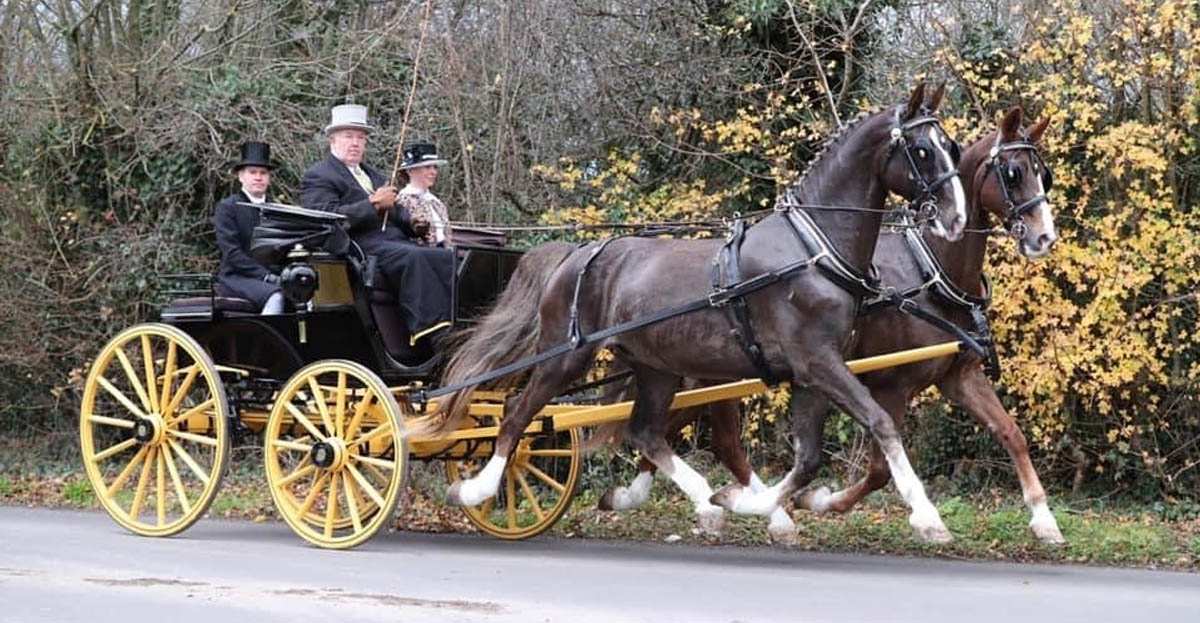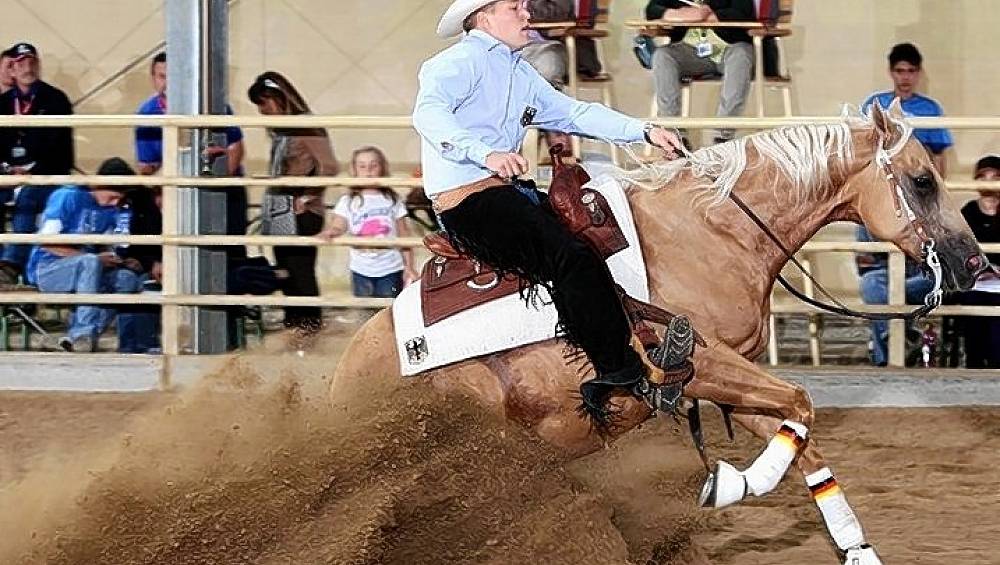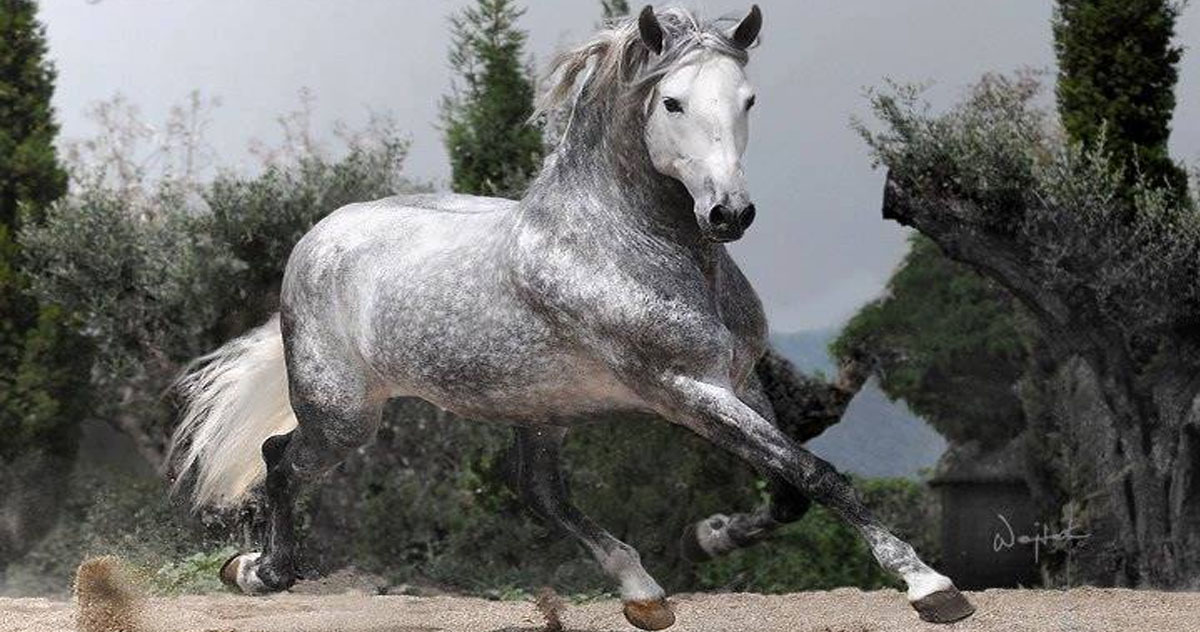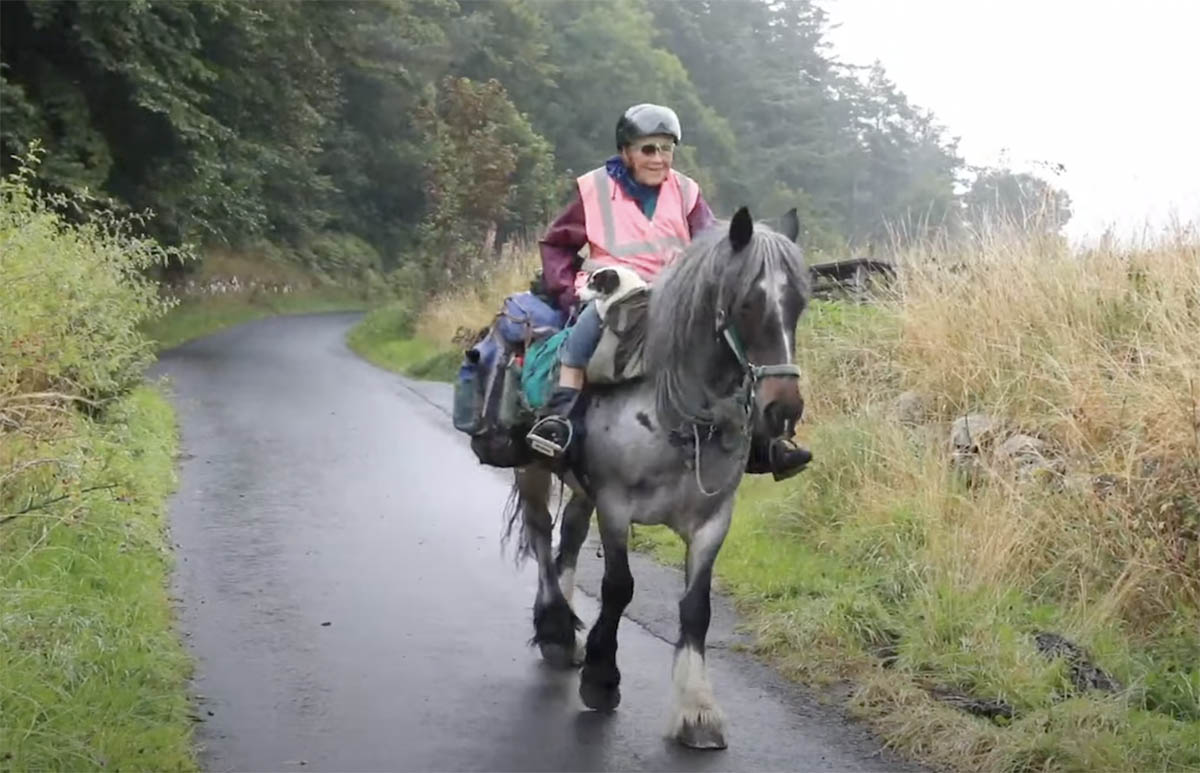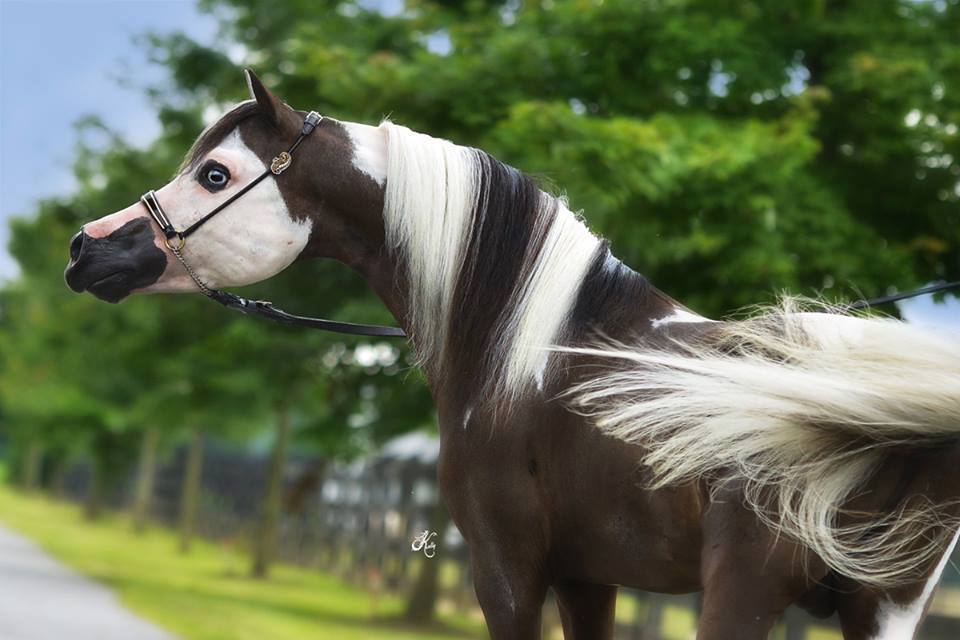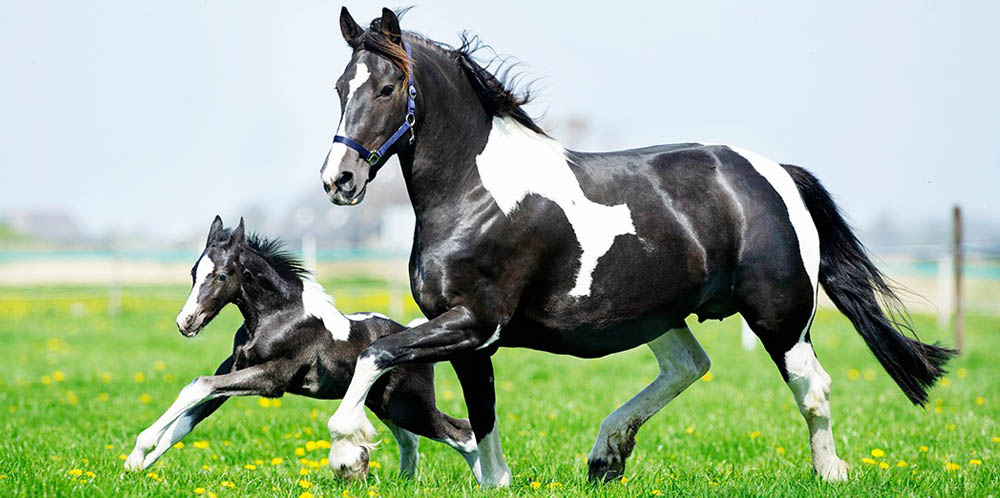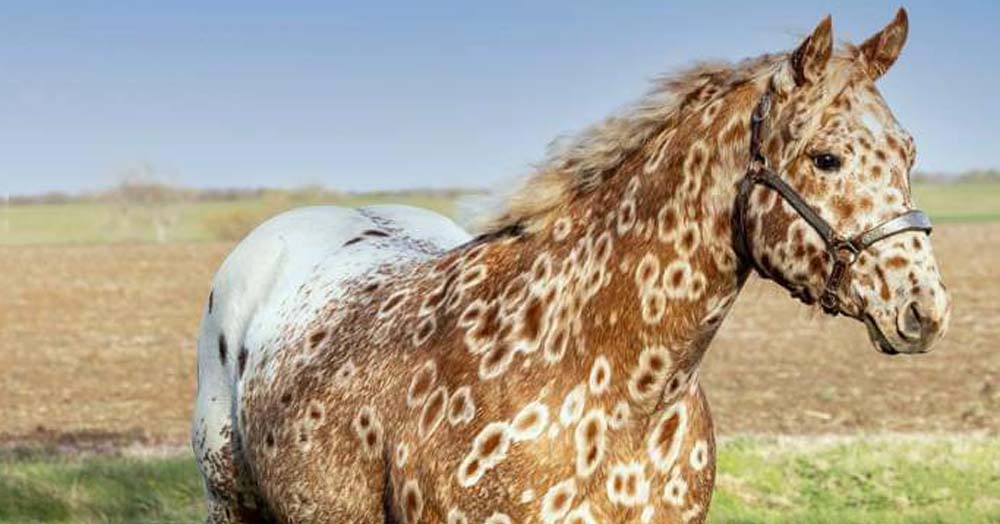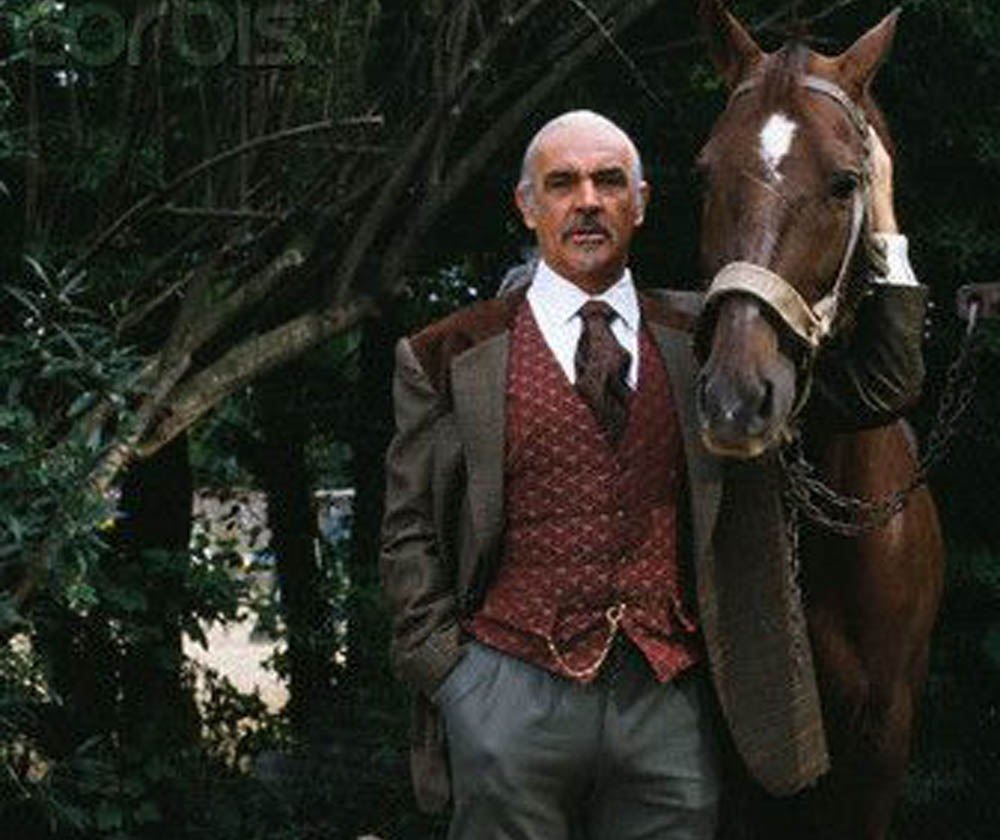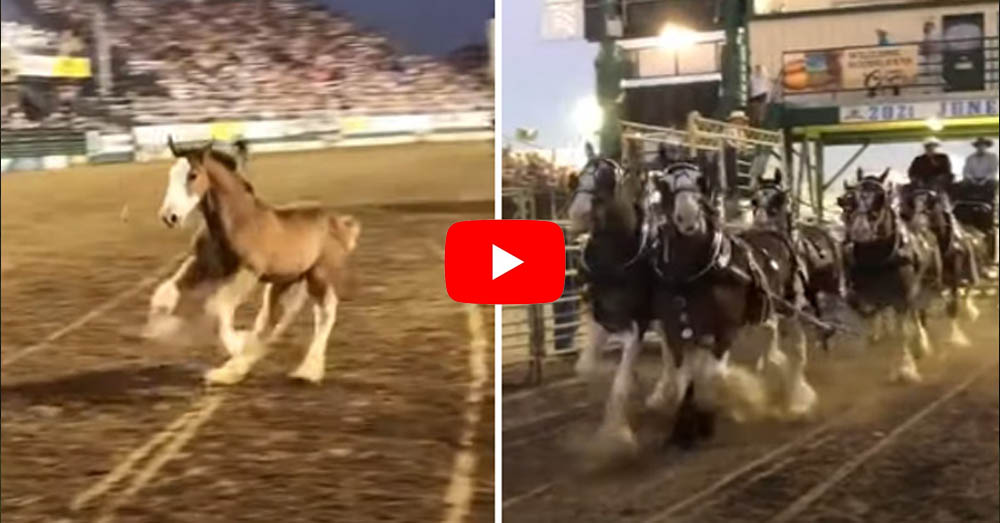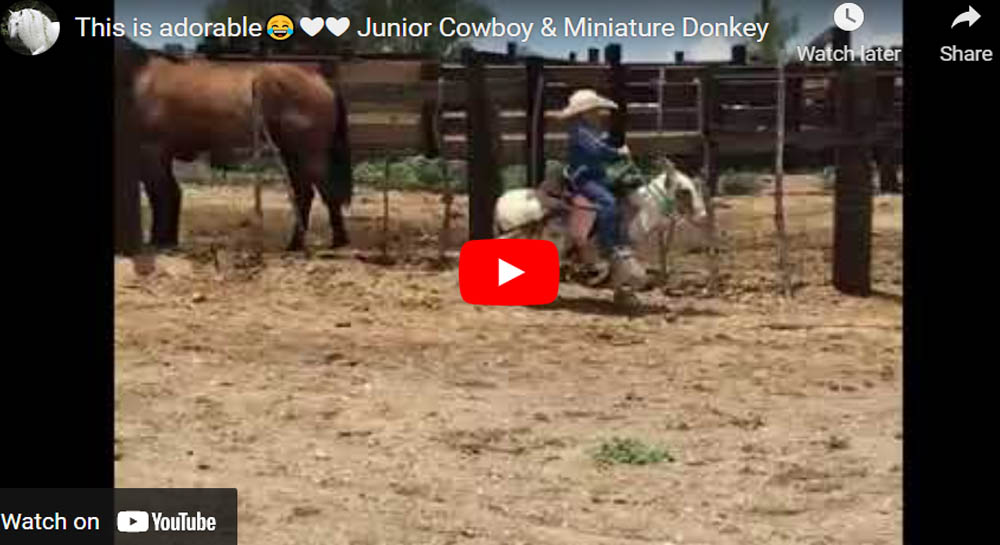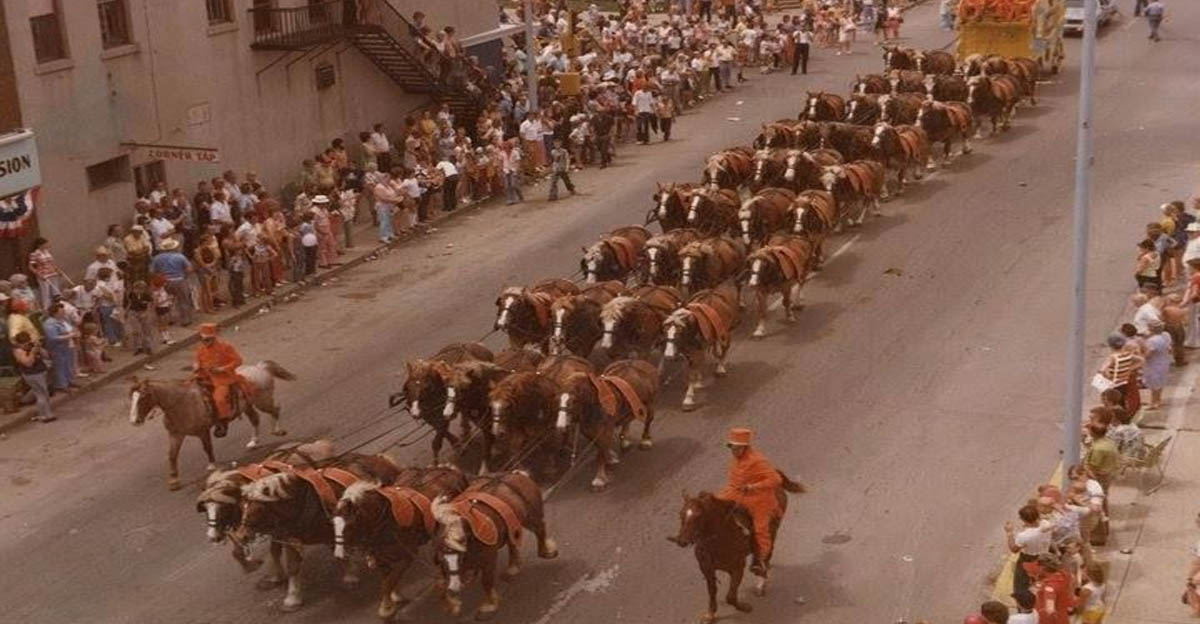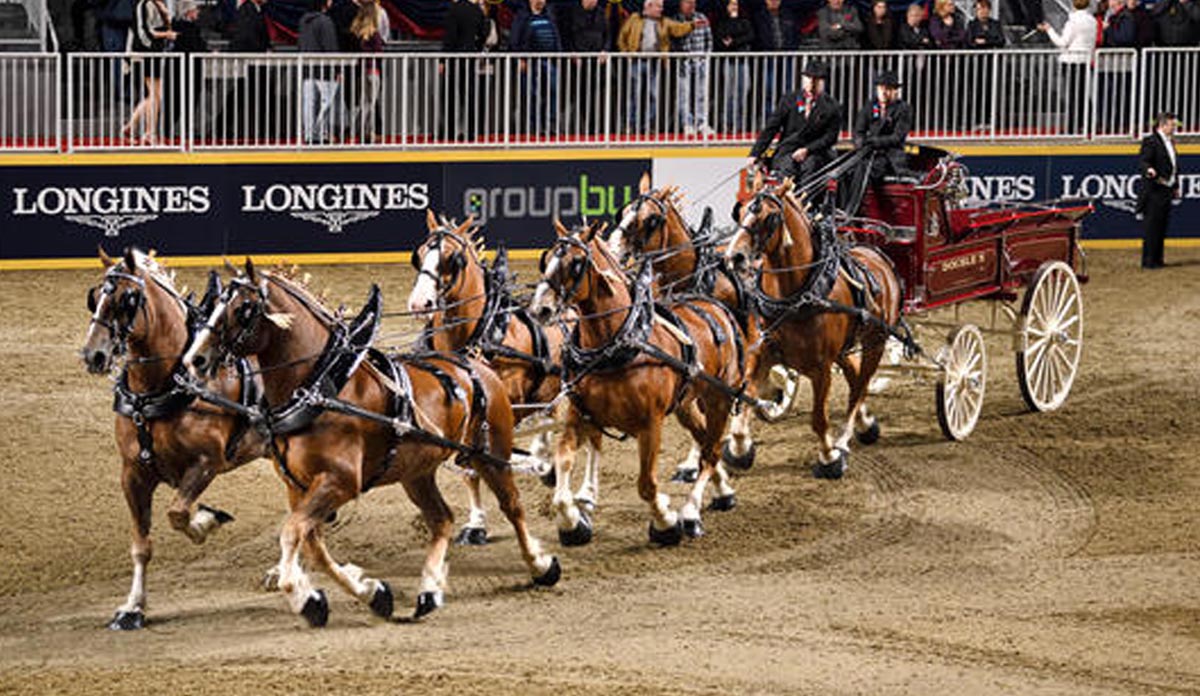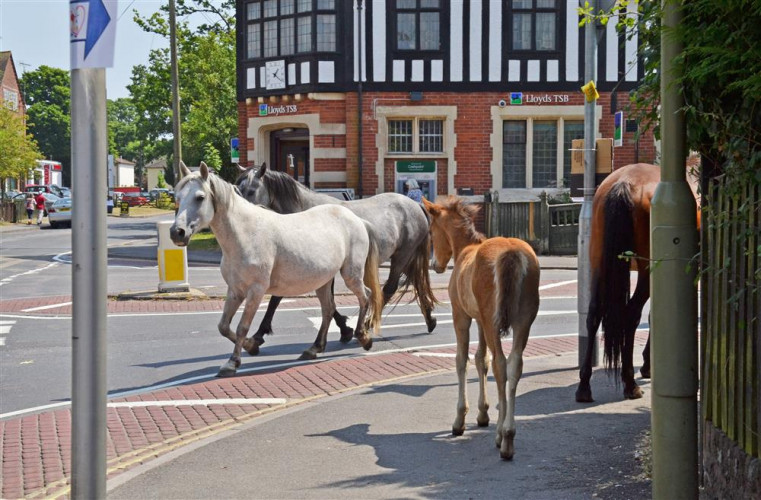Anthony Bruniaux
Anthony Bruniaux - France
Winter Care
Horses are well adapted to cold weather. As long as they have shelter from wind and wet, horses can stay comfortable when the temperatures plunge. A south-facing three-sided shelter with straw bedding will see a well-fed horse through the roughest winter weather. However, make sure the shelter is wide rather than deep or you`ll find horses low on the pecking order afraid to go in.
Blanketing
Stabled horses need blanketing when they`re turned out during the day, but the best blanket for an outside horse is his own full winter coat. If you do blanket your horse, make sure you take it off and brush him often. Also, realize that a blanket that is not warm enough is worse than no blanket at all. In cold weather, the hair coat stands up to trap additional warm air close to the body. A blanket keeps the coat flat.
Feeding
When temperatures dip, the best heat source for your horse is extra hay. The first step to winterizing, which you`ve already taken care of, is to get in enough good hay to last through until next year`s hay crop. To calculate how much you need, figure on half a square bale per horse per day then add some to cover for the occasional moldy bale or extra cold weather. It`s a good feeling to look at that stack of green, sweet smelling hay safely under a tarp and know that the horses won`t go hungry.
For most of us, winter means feeding in the dark before going to work and after dark again when we get home in the evening. To guard against accidentally feeding a moldy flake which you didn`t see in the dark, put aside any hay that doesn`t smell nice until you can inspect it in daylight. It`s also a good idea to shake out the flakes in case there`s any dust in them.
To make sure all your horses get their fair share of hay, spread out one more pile than the number of horses. That way, when the boss horse keeps thinking another pile looks better than the one she`s presently eating from, the other horses can move to new piles too.
A horse shouldn`t lose weight in the winter. In fact, a little extra layer of fat to fend off the cold won`t hurt. A thick winter coat can easily hide weight loss so it`s important to use hands as well as eyes to monitor winter weight. By the time you see that the horse is getting thinner, it`s too late.
Water
Watering horses in winter is a little more difficult than in summer. In winter, I move my water trough up to the front of the field so the hose, which I keep inside, will reach from the house. When it`s time to refill the trough, I use a hairdryer to melt the outside tap, bring out the hose and fill the trough. A stock tank heater keeps the water above freezing.
Some people believe horses can get by on snow. "Get by" they might, but so could we. Horses require a lot of water to digest dry feed. How much snow would they have to eat to provide the 5 to 10 gallons of water they need? If you`re not convinced, ask your vet about the greater risk for impaction colic.
Winter Riding
Riding outside in winter presents some additional challenges. Dressing warmly can take care of the weather, but there`s not much you can do about the footing. Stay off icy patches, and remember that frozen ground, even if it`s not icy, can be as hard as concrete. Don`t go any faster than a walk unless there`s a good cushion of snow on top and you know for sure there`s no ice underneath.
Just as we need proper footwear to walk safely on winter ground, so our horses need special provisions. If your horse is shod, talk to your farrier about pads and caulks. If he`s barefoot, spraying the sole with a nonstick cooking product, or even coating it with old fashioned vaseline, can help prevent the snow from balling up. In any case, don`t expect your horse to walk on high heels. Carry a hoof pick with you and be prepared to stop periodically and pick out the icy build up.
Be careful bringing your horse into the barn after being outside. Snow ball feet are very slippery. Preferably, dig out the snow at the barn door. If you can get the hoof pick under the snow pack at the back of the foot, you can often pry it all out at once, especially if you coated the sole as suggested above. Be careful you don`t dig into the frog, though. If you can`t budge it, chip off the snow until it`s even with the hoof wall and then wait for the hooves to warm up before removing the rest.
Horse Videos

Horse Videos
Winter Care
Horses are well adapted to cold weather. As long as they have shelter from wind and wet, horses can stay comfortable when the temperatures plunge. A south-facing three-sided shelter with straw bedding will see a well-fed horse through the roughest winter weather. However, make sure the shelter is wide rather than deep or you`ll find horses low on the pecking order afraid to go in.
Blanketing
Stabled horses need blanketing when they`re turned out during the day, but the best blanket for an outside horse is his own full winter coat. If you do blanket your horse, make sure you take it off and brush him often. Also, realize that a blanket that is not warm enough is worse than no blanket at all. In cold weather, the hair coat stands up to trap additional warm air close to the body. A blanket keeps the coat flat.
Feeding
When temperatures dip, the best heat source for your horse is extra hay. The first step to winterizing, which you`ve already taken care of, is to get in enough good hay to last through until next year`s hay crop. To calculate how much you need, figure on half a square bale per horse per day then add some to cover for the occasional moldy bale or extra cold weather. It`s a good feeling to look at that stack of green, sweet smelling hay safely under a tarp and know that the horses won`t go hungry.
For most of us, winter means feeding in the dark before going to work and after dark again when we get home in the evening. To guard against accidentally feeding a moldy flake which you didn`t see in the dark, put aside any hay that doesn`t smell nice until you can inspect it in daylight. It`s also a good idea to shake out the flakes in case there`s any dust in them.
To make sure all your horses get their fair share of hay, spread out one more pile than the number of horses. That way, when the boss horse keeps thinking another pile looks better than the one she`s presently eating from, the other horses can move to new piles too.
A horse shouldn`t lose weight in the winter. In fact, a little extra layer of fat to fend off the cold won`t hurt. A thick winter coat can easily hide weight loss so it`s important to use hands as well as eyes to monitor winter weight. By the time you see that the horse is getting thinner, it`s too late.
Water
Watering horses in winter is a little more difficult than in summer. In winter, I move my water trough up to the front of the field so the hose, which I keep inside, will reach from the house. When it`s time to refill the trough, I use a hairdryer to melt the outside tap, bring out the hose and fill the trough. A stock tank heater keeps the water above freezing.
Some people believe horses can get by on snow. "Get by" they might, but so could we. Horses require a lot of water to digest dry feed. How much snow would they have to eat to provide the 5 to 10 gallons of water they need? If you`re not convinced, ask your vet about the greater risk for impaction colic.
Winter Riding
Riding outside in winter presents some additional challenges. Dressing warmly can take care of the weather, but there`s not much you can do about the footing. Stay off icy patches, and remember that frozen ground, even if it`s not icy, can be as hard as concrete. Don`t go any faster than a walk unless there`s a good cushion of snow on top and you know for sure there`s no ice underneath.
Just as we need proper footwear to walk safely on winter ground, so our horses need special provisions. If your horse is shod, talk to your farrier about pads and caulks. If he`s barefoot, spraying the sole with a nonstick cooking product, or even coating it with old fashioned vaseline, can help prevent the snow from balling up. In any case, don`t expect your horse to walk on high heels. Carry a hoof pick with you and be prepared to stop periodically and pick out the icy build up.
Be careful bringing your horse into the barn after being outside. Snow ball feet are very slippery. Preferably, dig out the snow at the barn door. If you can get the hoof pick under the snow pack at the back of the foot, you can often pry it all out at once, especially if you coated the sole as suggested above. Be careful you don`t dig into the frog, though. If you can`t budge it, chip off the snow until it`s even with the hoof wall and then wait for the hooves to warm up before removing the rest.
Horse Videos
StableexpressAnthony Bruniaux
Posted by Stable Express

Horse Videos



